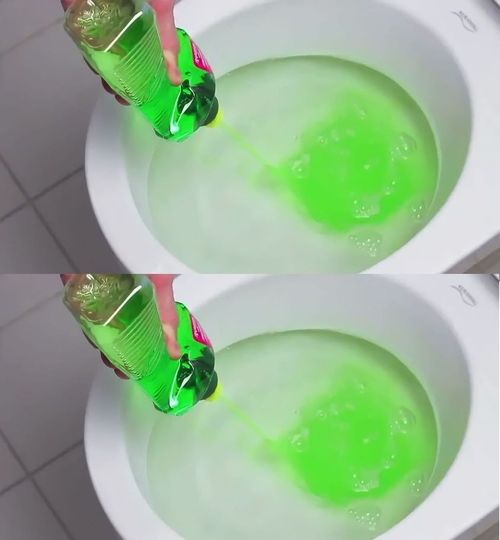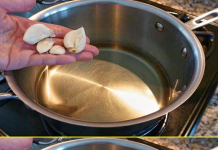Venturing beyond its conventional role, dish soap emerges as a multifaceted hero in household management. Its prowess is not limited to tackling greasy pans and plates; dish soap holds the secret to resolving a range of domestic challenges, most notably, toilet clogs. The journey from a kitchen essential to a plumbing solution underscores the versatility of dish soap, making it a must-have in every home.
The Common Predicament: Blocked Toilets
A clogged toilet is a homeowner’s nightmare, especially during events like family gatherings, where the issue can rapidly transform from a minor inconvenience to an emergency. Various factors contribute to this dilemma, ranging from simple mistakes, like flushing down non-degradable items, to more complex plumbing issues. The immediate solution that often comes to mind is to seek professional help, which, though effective, can be quite expensive, particularly if the problem arises after regular business hours.
Seeking Alternatives
Before resorting to professional services or reaching for chemical cleaners that come with health and environmental risks, consider a more economical and safer approach that’s probably sitting by your kitchen sink right now.
The Unconventional Solution: Dish Soap
The efficacy of dish soap in clearing toilet clogs presents a simple yet ingenious solution to a potentially expensive problem. This section outlines a step-by-step guide to utilizing dish soap for unclogging toilets, emphasizing its budget-friendly and accessible nature.
Step-by-Step Guide to Using Dish Soap for Toilet Clogs
- Preparation of Hot Water: Begin by heating 4 liters of water to just below a simmer. The water should be hot but not boiling to prevent any damage to the ceramic of your toilet bowl.
- Mixing Dish Soap: Stir in half a cup of regular dish detergent into the hot water, ensuring the mixture is well combined.
- Application: Gently pour the soapy mixture into the clogged toilet bowl. The soap acts as a lubricant, helping to break down the clog, while the hot water assists in dissolving fats and moving the blockage.
- Waiting Period: Allow the solution to sit for at least an hour, or more, depending on the severity of the clog. This waiting period is crucial for the mixture to work through the clog.
- Flushing: Test the toilet by flushing. The dish soap and hot water combination often manages to clear even the most stubborn clogs, restoring the toilet to full functionality.
Persistence is vital, as some blockages may require more than one application of this method. Regular use can also help in preventing future clogs, making it a proactive measure in toilet maintenance.
Broadening the Scope: Dish Soap’s Versatility in Toilet Maintenance
Dish soap’s utility extends beyond unclogging, proving invaluable in general toilet and bathroom maintenance.
Combatting Stains and Odors
For routine cleaning, applying dish soap directly inside the toilet bowl, allowing it to sit for 30 minutes, followed by scrubbing and flushing, not only cleans but disinfects. This method is effective against germs, stains, and odors, ensuring a fresh and hygienic bathroom.
Exterior Cleaning
The exterior of the toilet and the bathroom can also benefit from dish soap. Applying dish soap with a sponge and gently scrubbing can produce a foamy layer that tackles dirt and grime. A rinse with water or a diluted vinegar solution adds an extra layer of cleanliness, effective against grout and bathroom floors as well.
Conclusion
The discovery of dish soap as a multipurpose cleaning agent revolutionizes household cleaning routines. This simple, eco-friendly approach not only saves time and money but also ensures a safer cleaning practice. By extending the use of dish soap from the kitchen to the bathroom, homeowners can enjoy a versatile, efficient solution to a variety of cleaning and maintenance tasks. The transformation of dish soap from a mere kitchen staple to an indispensable tool in bathroom hygiene and plumbing issues highlights the innovative ways in which everyday items can be repurposed for broader utility.
image source : Barbara O’Neill Lectures










